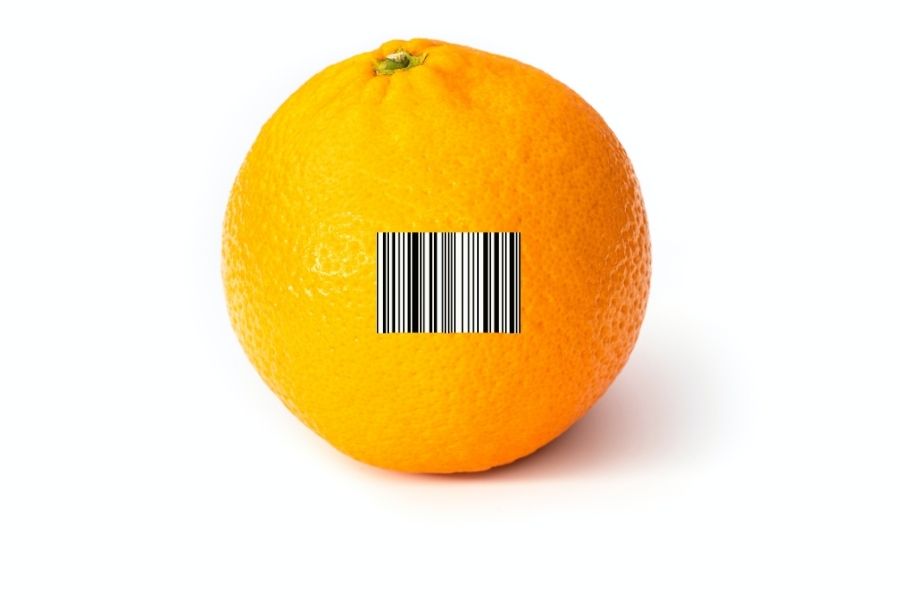Technology disruptions transforming the food industry
When the COVID-19 pandemic first enveloped the world in 2020, the F&B industry saw clear indicators of paradigm shifts in the business landscape. From e-commerce to cloud kitchens to the influx of IoT and blockchains, this column looks at some of the major disruptions that technology is ushering into the global F&B industry, accelerated by the pandemic.
- E-commerce is expected to make up for 15-20% of the food and beverage industry’s overall sales by 2025 (LEK Consulting), around 10x its share in 2016.
- Consumers are now looking at speed, affordability and accessibility apart from safety, transparency and predictability. F&B companies are rapidly adopting artificial intelligence and machine learning as they digitise the entire supply chain.
- To assuage increased customer scrutiny, companies will increasingly need to rely on technology to transparently provide data on their products with a simple scan in real time, possible due to the proliferation of hand-held devices.
- Cloud kitchens, or food businesses solely focused on ordering are another quite interesting development in the F&B industry post-COVID. Their business model is predicated on being placed in a location with maximum proximity to food deliveries.

Photo by Adam Nieścioruk on Unsplash
When the COVID-19 pandemic first enveloped the world in 2020, the F&B industry saw some indicators of paradigm shifts in the business landscape. In 2021, therefore, industry watchers naturally observed with eager anticipation how these trends would firm up.
The most game changing of these trends, which the industry must be cognisant of, is the influx of technology. E-commerce is expected to make up for 15-20% of the food and beverage industry’s overall sales by 2025 (LEK Consulting), around 10x its share in 2016. Around 49% of millenials are now buying groceries online, making them the key driver of this change. Secondly, consumer sentiment is shifting faster in segments with longer shelf life like snack bars and cereals, where 40% of volume is expected to move online by 2025.
Consumers are now looking at speed, affordability and accessibility apart from safety, transparency and predictability. F&B companies are rapidly adopting artificial intelligence and machine learning as they digitise the entire supply chain. The use of these technologies is helping them gain tonnes of data, which helps them better understand variables for improved efficiency and predictability.
While artificial intelligence in the food and beverage market was valued at US$ 3.07 billion in 2020, it is expected to reach US$ 29.94 billion by 2026, growing at a CAGR of over 45.77% (Mordor Intelligence). Even on the last mile, AI promises to help chefs and culinary experts in areas such as taste enhancement and preparing healthier and environmentally more sustainable recipes. Fast food chains using a robot named Flippy to flip their burgers, and drone deliveries becoming a growing reality are vivid signs of the changing times that the public is witnessing today.
COVID-19 has brought the ‘digital first’ approach to the forefront to ensure better customer engagement. Data availability is, of course, also enabling marketers to keep a better tab on customer demands and adapt accordingly (though speed of response has become extremely critical). For instance, an online survey by Hunt confirmed that Americans were cooking more (+54%), feeling more confident in the kitchen (+50%) and learning more. Consumers are developing a growing affinity for themes like organic, vegan or environmentally sustainable. Lab-grown meat, plant-based alternatives of meat, and valorization of a vast range of bioresources are emerging concepts that look immensely promising. In a similar vein, a number of Indian startups are coming up with vacuum dried or freeze dried snacks that are healthier. Companies like Cadbury’s are also adopting sugar reduction technology that makes chocolates ‘seem’ sweeter.
To assuage this increased customer scrutiny, companies will increasingly need to rely on technology to transparently provide data on their products with a simple scan in real time, possible due to the proliferation of hand-held devices. Blockchain technology, given the immutable nature of transaction data, will find increasing application in the F&B industry. IoT technology can help capture real time data like temperature and humidity during storage of a product. With blockchain, this data will be securely available to every participant across the F&B value chain, thereby building trust. Therefore, it will build speed, efficiency and certainty across the value chain and also simplify regulatory compliance in international trade.
Cloud kitchens, or food businesses solely focused on ordering are another quite interesting development in the F&B industry post-COVID. Their business model is predicated on being placed in a location with maximum proximity to food deliveries. More and more customers have developed a penchant for online ordering, even as several physical restaurants were compelled to shut shop in the early days of the crisis.
In India, food ordering is growing at a CAGR of 16%, and is projected to reach US$ 17 billion by 2023, according to DataLabs by Inc42. Cloud kitchens are expected to reach a potential market size of US$ 1.05 billion by that year. A number of restaurants are exploring this as a possible standalone business option, or even a hybrid approach. Although the model is facing teething troubles, players expect it to firm up in the coming years and become a dominant channel.












Leave a comment